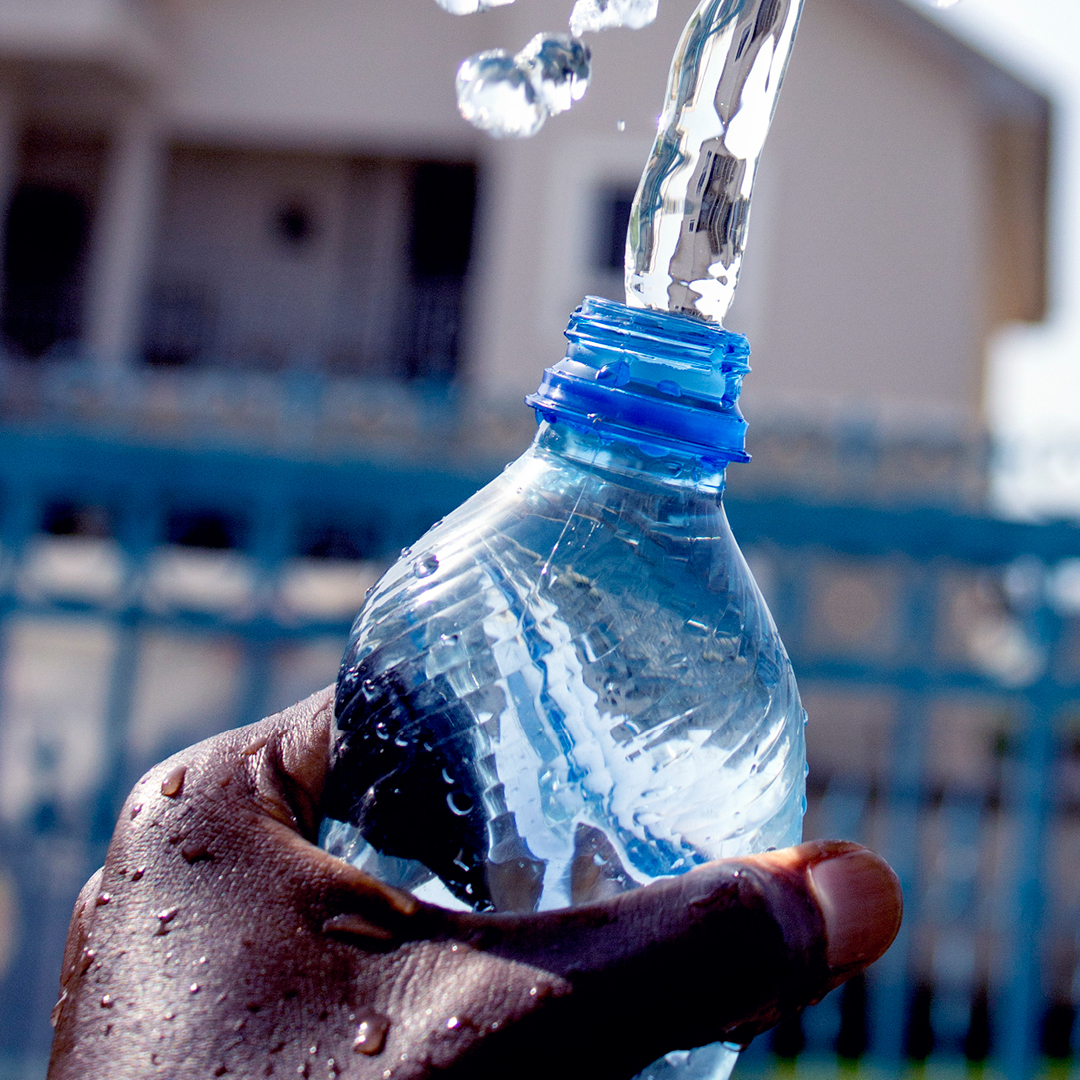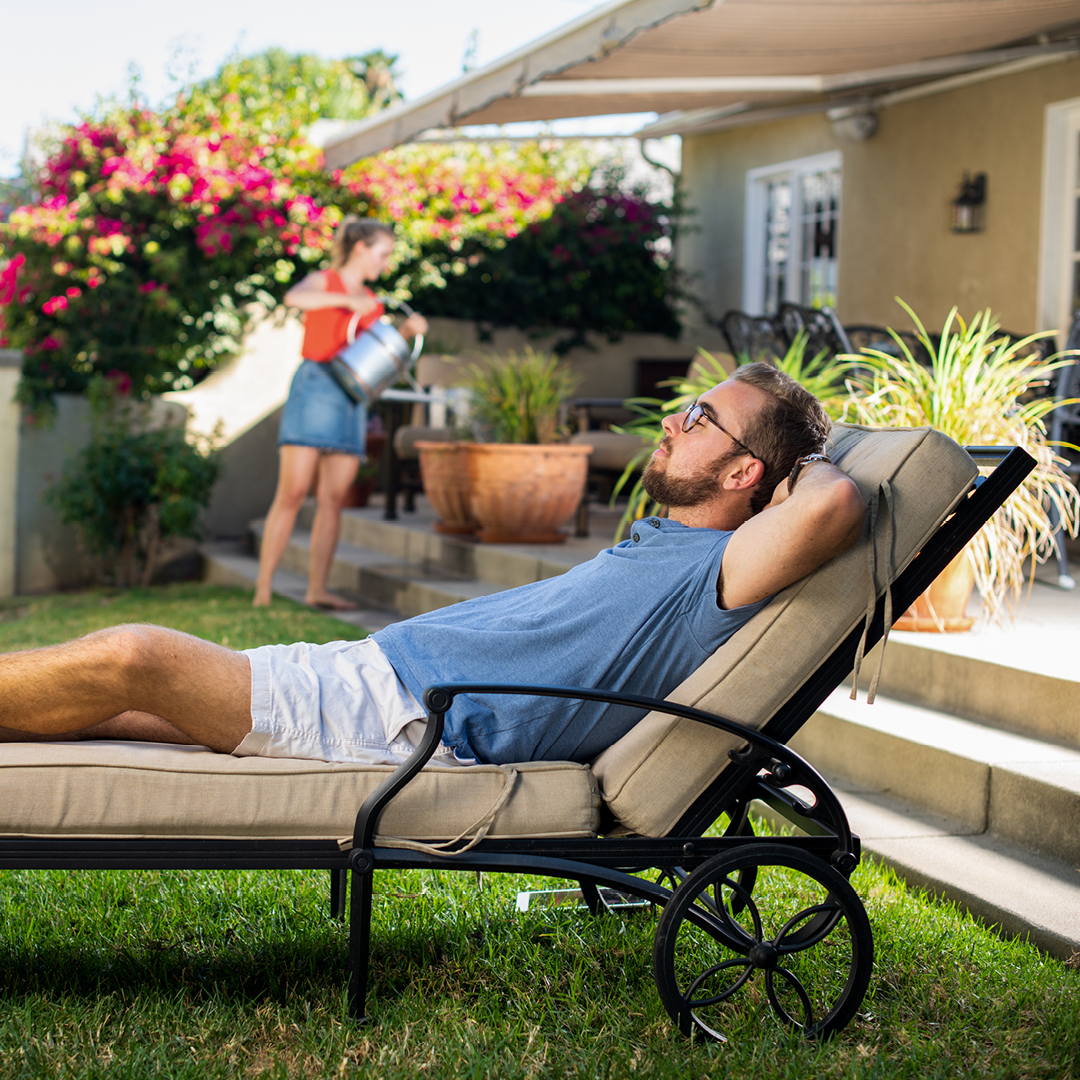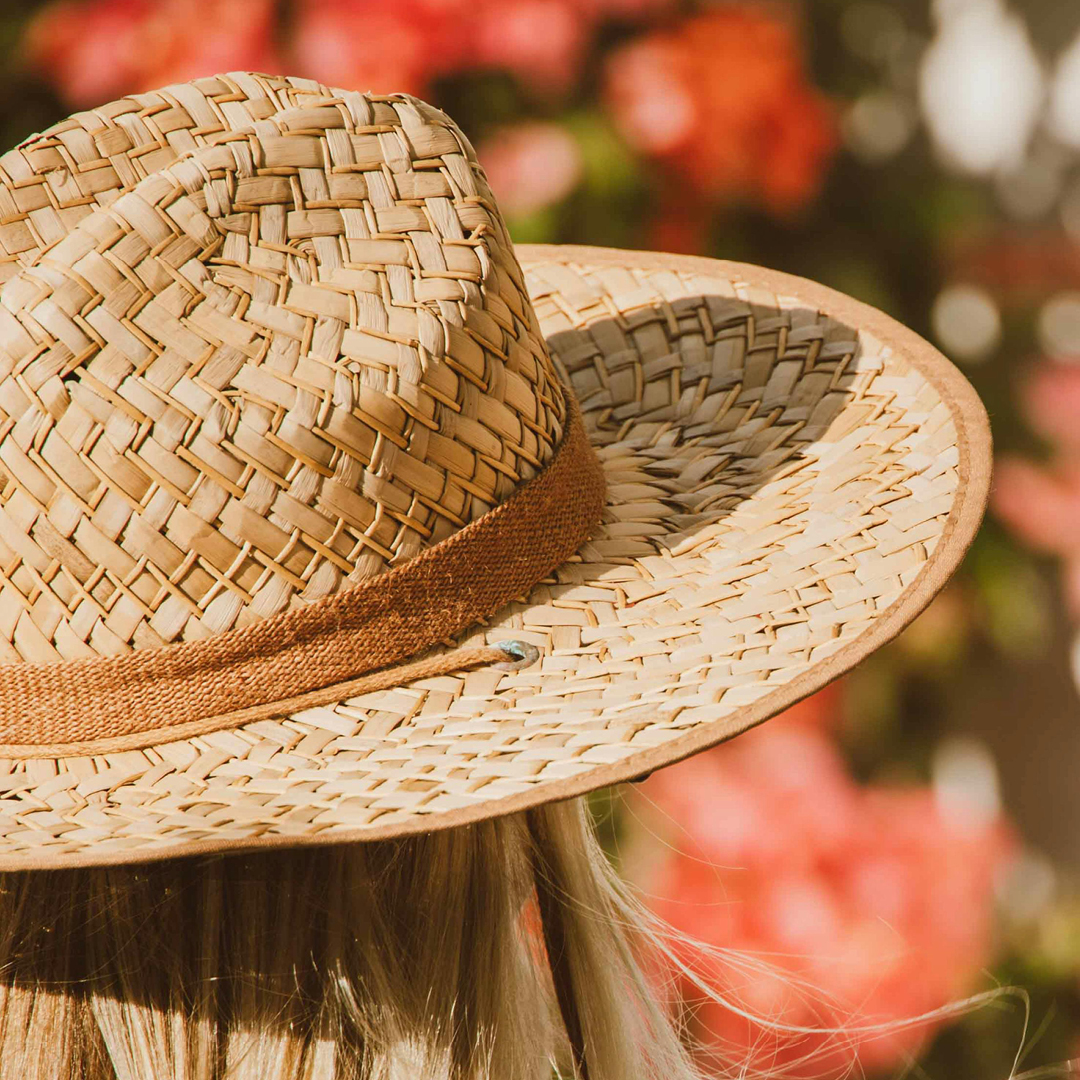Even when it is sweltering outside, the garden will still require your care. Gardening in extreme temperatures has the potential to become a serious health risk if we are not careful. Understanding the potential heat-related problems and knowing how to protect yourself can ensure that your gardening remains a safe place this summer. Here are some common heat-related issues gardeners might face and tips on preventing and recovering from them.
Common Heat-Related Problems
- Heat Exhaustion
- Symptoms: Heavy sweating, weakness, cold, pale and clammy skin, fast and weak pulse, nausea or vomiting, and fainting.
- Prevention: Stay hydrated, take frequent breaks in the shade, wear lightweight and light-colored clothing, and avoid gardening during the hottest parts of the day.
- Recovery: Move to a cooler environment, lie down, and elevate your legs. Drink cool water and apply cool, wet cloths to your skin.
- Heat Stroke
- Symptoms: High body temperature (above 103°F), hot, red, dry or damp skin, rapid and strong pulse, headache, dizziness, nausea, confusion, and unconsciousness.
- Prevention: This is similar to preventing heat exhaustion but emphasizes recognizing the signs early. If you experience symptoms, seek immediate medical attention.
- Recovery: This is a medical emergency. Call 911 immediately. While waiting for medical help, try to cool the person down with whatever means are available – cold packs, a cool bath, or wet cloths.
- Dehydration
- Symptoms: Thirst, dry mouth, dark-colored urine, fatigue, dizziness, and confusion.
- Prevention: Drink water consistently, not just when you feel thirsty. Aim for at least 8 ounces every 20 minutes during intense activity.
- Recovery: Drink water or sports drinks that replace lost electrolytes. Avoid sugary, caffeinated, and alcoholic beverages, as they can exacerbate dehydration.
- Sunburn
- Symptoms: Red, painful, and warm skin, blistering in severe cases.
- Prevention: Sunburn is often not felt until it is too late. Take precautions. Apply a broad-spectrum sunscreen with at least SPF 30, reapply every two hours, and wear a wide-brimmed hat and long sleeves if possible.
- Recovery: Apply aloe vera or a soothing lotion to the affected areas. Cool baths and over-the-counter pain relief can also help. Avoid further sun exposure until the skin has healed. Seek medical advice if the burn is extreme and you are experiencing fever, chills, and nausea.
- Heat Rash
- Symptoms: Red clusters of pimples or small blisters, usually in areas where clothing causes friction.
- Prevention: Keep the skin cool and dry, wear loose-fitting clothing, and try to avoid heavy sweating.
- Recovery: Keep the affected area dry and cool. Use powder to soothe the rash and avoid using ointments or creams that can trap heat in the skin.
Self-Protection Strategies
- Hydration: Always keep a water bottle within reach. Avoid beverages that dehydrate, such as alcohol and caffeine.
- Appropriate Clothing: Light-colored, loose-fitting clothes made of natural fibers like cotton help keep your body cool. A wide-brimmed hat and UV-blocking sunglasses are also crucial.
- Timing Your Work: Plan your gardening activities early in the morning or late in the afternoon when temperatures are lower.
- Shady Spots: Set up shaded areas where you can take breaks. Umbrellas or portable canopies can provide instant relief from direct sunlight.
- Pace Yourself: Don’t try to accomplish too much at once. Break your tasks into smaller, manageable chunks, and rest frequently.
- Sunscreen: Apply generously to all exposed skin 15 minutes before going outside and reapply every two hours or more often if you’re sweating heavily.
Gardening, or all outdoor work in high temperatures, requires awareness and preparation. Recognizing the signs of heat-related issues and taking proactive steps to protect yourself, you can enjoy your garden safely, even in the hottest weather. Stay hydrated, take breaks, and listen to your body to ensure that your gardening remains a source of joy, not a cause for concern.





 15% Military Discount
15% Military Discount